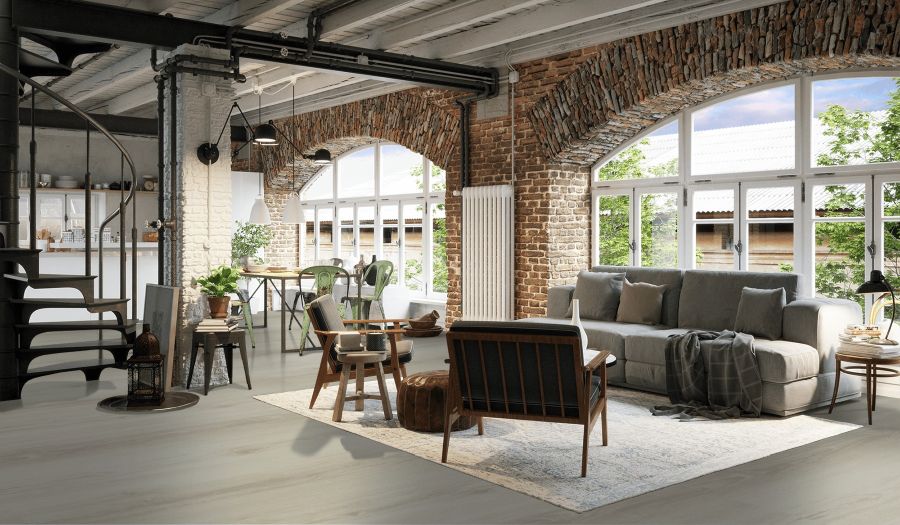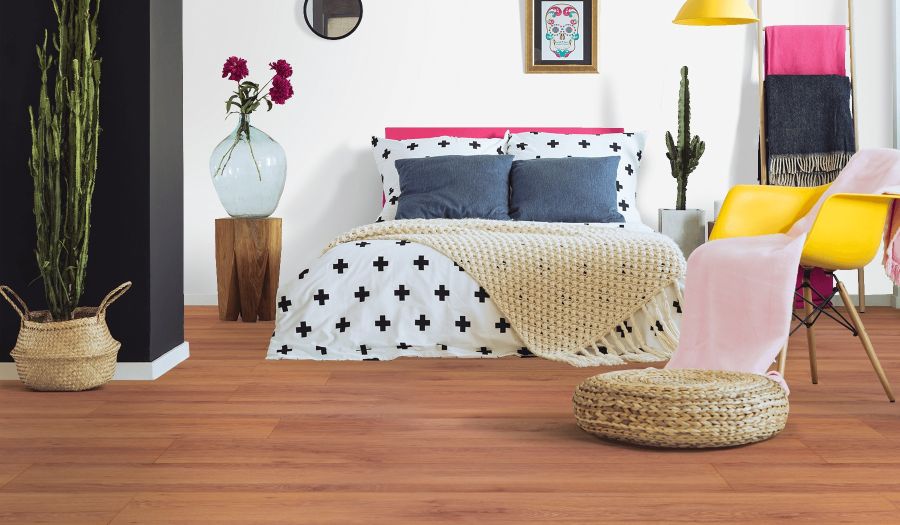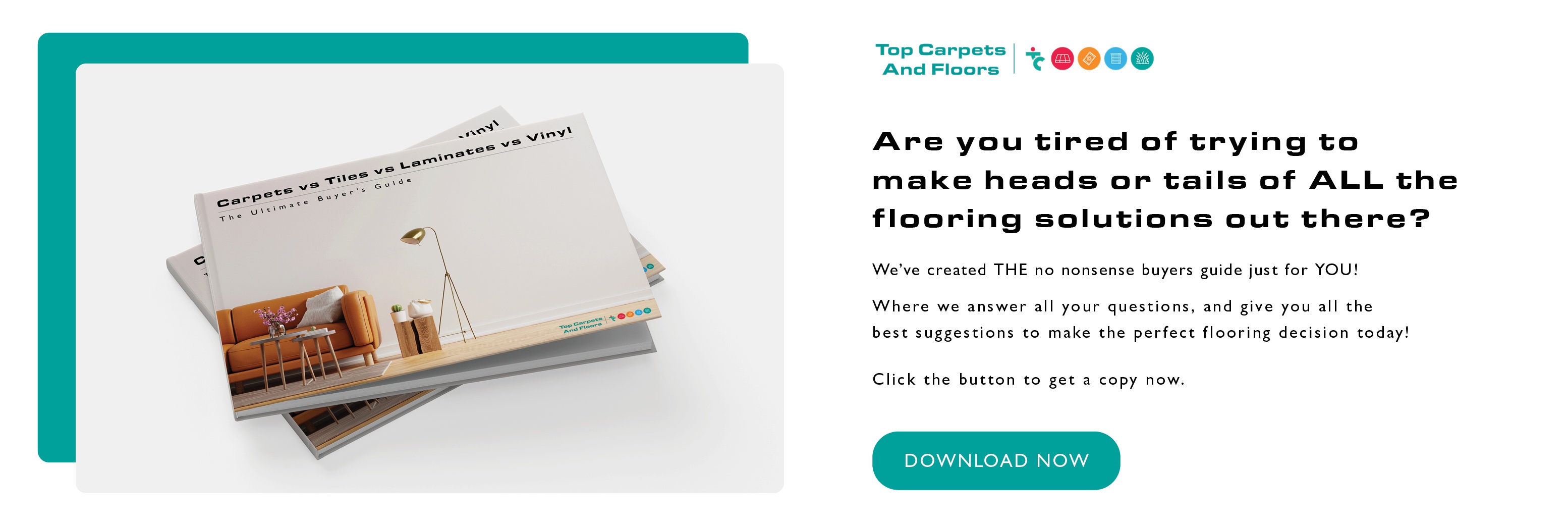
Why is Hardwood Flooring So Expensive?
If you have been seeking a new, more natural-looking floor that still maintains an air of luxury, then you have probably considered wooden floors. “Hardwood flooring is expensive” is also more than likely a term you have read or heard being said. The fact is, it’s true – hardwood flooring is expensive, and you will be hard-pressed to find cheap products that don’t come at the compromise of quality. In this article, we aim to explain why this type of floor is so pricey, as well as the alternatives for which you can opt if you are still seeking that authentic, wooden feel.
Demand is Much Greater than Supply
Trees are useful for a variety of products – from paper and furniture to the very boards used in our flooring. Unfortunately, due to worldwide demand, these very trees are diminishing. Logging technology has advanced and cutting down trees has become easier than ever. This also means that we are cutting down hardwood trees when they are younger and smaller, so there is subsequently less available material for the products that require it. As with all rare things, of course, you can expect to pay much more for this kind of flooring. For some, the price tag is worth the illusion of luxury – while others see no need to pay for something so expensive when superb alternatives exist.
Installation is Tricky and Takes Time
Installing hardwood flooring as a do-it-yourself project is unwise. It is an exceptionally labour-intensive task that takes up a lot of time and can even get expensive. Traditionally, the subfloor is first treated with a moisture barrier of sorts and thereafter, the wooden planks are laid out and nailed into place using a pneumatic nailer. Sometimes, both nailing and glueing are required with wider planks.
After installation, there is still work to be done as the surface of the planks need to be sanded down. This ensures that the planks are smooth, flat and level. This process is then finished with a buffer or a planetary sander (which is the better alternative for levelling out the surface). Once even, the planks will be given a finish. Some companies use stains, oils, or clear coats – but the result is usually a beautiful floor. Unfortunately, it is by no means a swift installation. It requires attention to detail, and one mistake can result in a failed project that is expensive to fix. Installing, sanding and finishing the planks takes a long time and requires a lot of effort and specialised equipment – it, therefore, contributes to the overall price of your wooden floors.
How Trends Have Changed Over Time
One hundred years ago, hardwood flooring would not have been considered the expensive luxury it is today. Back then it was the norm for many homes worldwide. Before tiles, carpeting, and some of the newer, more advanced flooring alternatives, hardwood flooring was common, and it certainly was not reserved for only those who lived lavish lifestyles. Today, due to the increasing scarcity of trees that we can cut down and process, it has become an uncommon rarity sought out by many homeowners. It adds a warm, classic antique atmosphere to a home, and creates a feeling of cosiness. Wood is also a natural element that many people prefer because of its calming effect and how well it blends in with various kinds of interior décor and furnishings.
Alternatives to Hardwood Flooring
The major gripe most people have with hardwood flooring is how expensive it is. Another downside to installing a wooden floor is that it does not fare too well with moisture. In fact, if the wood comes into contact with moisture or humidity for long enough, it will swell, warp, and even become structurally compromised. Fortunately, some alternatives are much less expensive and still add that wooden element to any room. These options include:
- Laminates: Wood laminates are known for being functional, beautiful and, most importantly, inexpensive. They perform well in most spaces – whether residential or commercial, and they feel great underfoot. It is made up of particleboard wood that has been compressed with immense heat and pressure, and then topped with a realistic image layer that mimics wood. It is then finished with a wear layer that is incredibly durable and resistant to scratches, unlike wood.
- Engineered wood: Engineered wood is made with multiple layers of wood fibre and topped with a hardwood veneer which allows it to look like authentic solid wood flooring without the hefty price tag.
- Luxury vinyl tiles: LVTs are made up of several synthetic layers and a 3D print layer which allows it to emulate materials such as wood and stone. They can even be embossed for added texture and depth. LVTs are incredibly durable and waterproof.
Because we believe in sustainable, affordable and seamless flooring solutions, we at Top Carpets and Floors stock a wide range of laminates, engineered wood products and LVTs. There is no need to break the bank with expensive hardwood floors when there are viable solutions that perform better and cost much less.



